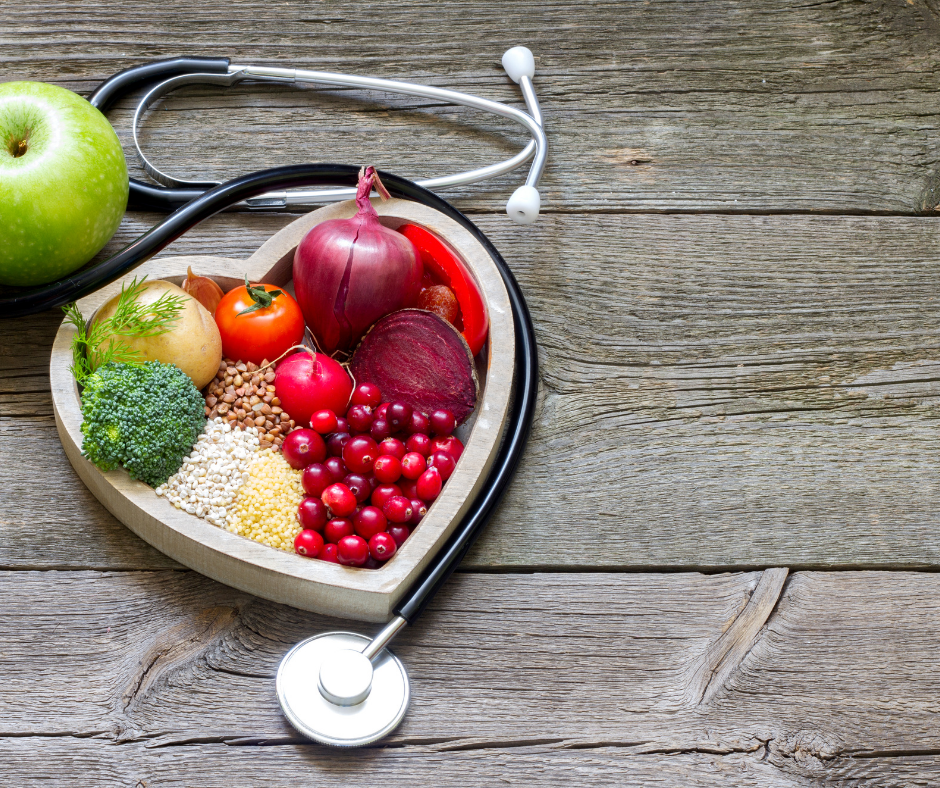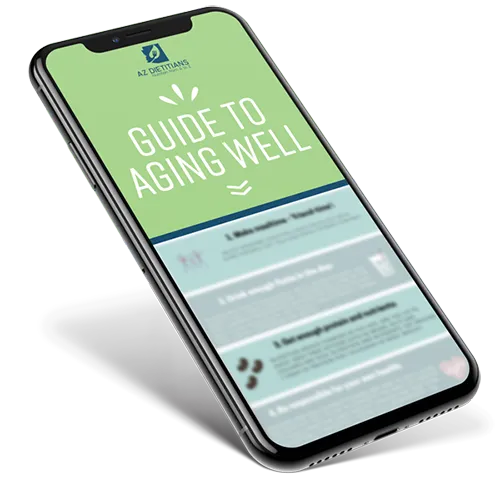September is National Cholesterol Education Month. So, what better way to recognize this month than with some information that can help you, your family, and possibly add years to your life?
What is Cholesterol?
Usually, the first thought that comes to mind when we think of cholesterol is a bad one, but we need cholesterol. The body likes cholesterol to assist with digestion of foods and produce hormones and vitamin D.
There are four types of fat and cholesterol in the body: triglycerides, low-density lipoprotein (LDL), high-density lipoprotein (HDL), and very low-density lipoprotein (VLDL). Each type of cholesterol plays a role in these functions. It only becomes a danger to our health when there are unhealthy levels in the blood. To understand the different ways these substances act in the body, let’s go over the role of each one.
- LDL: Takes cholesterol from the liver to other parts of the body that need it. Since they move around, they can become more dangerous if there is too much cholesterol that isn’t being used by the cells in your body. The arteries in your heart become susceptible to this buildup as they release deposits of excess cholesterol, called plaques, into the artery walls. This narrows the arteries, limiting the amount of blood that flows through it and potentially causing life threatening conditions like heart attacks or strokes.
- HDL: Imagine LDL is a kid eating popcorn and dropping every other piece on the ground and HDL is the vacuum that picks it up. The cholesterol that ends up in the blood from LDL is picked up by HDL cholesterol and taken back to the liver. This is why HDL is considered a “good” cholesterol since it protects us from a buildup of cholesterol in the bloodstream.
- VLDL: A cholesterol that travels through the blood to supply tissues with triglycerides and can also be responsible for plaque deposits. This fat is sometimes unknown to people since there is no way to directly measure the amount in the body during a blood test. The amount in the blood is determined using a percentage of triglycerides. If triglycerides levels are high, it is safe to assume VLDL is high, as well.
- Triglycerides: This fat is the most abundant in the body and comes directly from the foods we eat. Your body uses triglycerides for energy and stores unused energy as fat in the body.
What are safe levels in the blood?
- LDL: <100 mg/dL, 100-129 acceptable without underlying issues
- HDL: normal >60 mg/dL
- Triglycerides: normal <150 mg/dL, borderline high 150-199 mg/dL
What are the risks of high cholesterol?
The main concern with high cholesterol and fat in the blood is reduced blood flow to the heart. This can cause heart diseases and possible heart attacks due to a decrease in blood flow. High levels can also be indicators of underlying conditions like diabetes or thyroid problems and can also be side effects of medication usage.
How do I decrease my risk of disease?
Some risk factors for high cholesterol are unavoidable, like age, gender, or genetics. The most influential factors on risk are completely controllable by the individual. These factors include weight, smoking, activity level, and diet. While most of these will affect levels over time, diet can directly affect these levels right after a meal. Try to exercise at least 20 minutes a day or 30 minutes for 5 days a week. If smoking, seek out help that can provide resources and support to quit. Lastly, a healthy and balanced diet will be the best defense against to avoid these health issues.
What does a healthy diet look like?
A heart healthy diet is a good way to manage cholesterol and triglyceride levels.
- Try to limit your intake of saturated fats found in animal and full-fat dairy products.
→These foods can raise your LDL cholesterol.
- Try to add in more plants to every meal.
→Some plant foods have sterols and stanols that protect against LDL.
- Add more fiber to your plate
→Dietary fiber is shown to lower LDL cholesterol
- Chose lean protein sources
→The less fat on your meat, the better. Chicken, fish, and turkey are great lean meat sources.
Planning meals and knowing the right types and amounts for your health can be difficult. That is why there are trained and knowledgeable professionals at AZ Dietitians to help you with your heart healthy diet. Contact our Registered Dietitians today to get started.
Adapted from MayoClinic.org and Eatright.org








